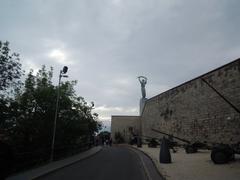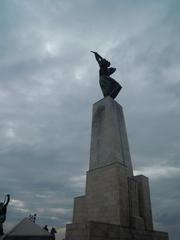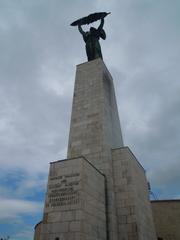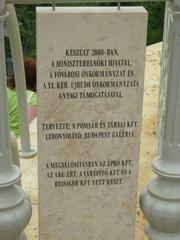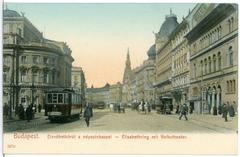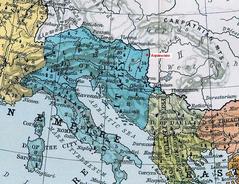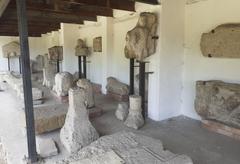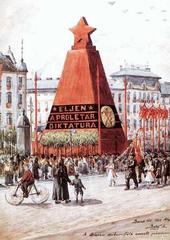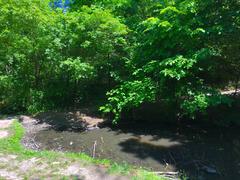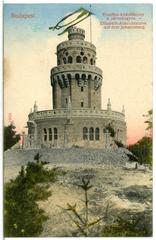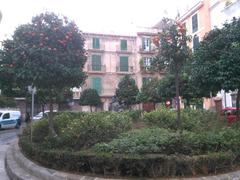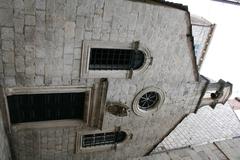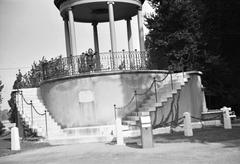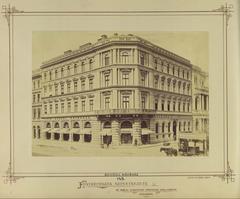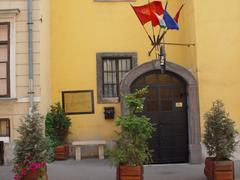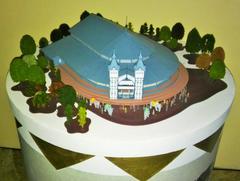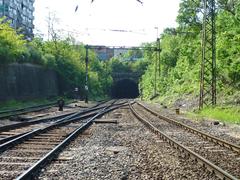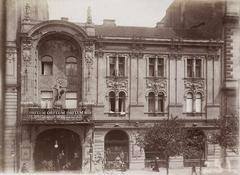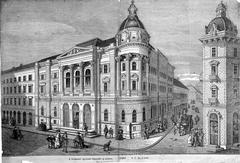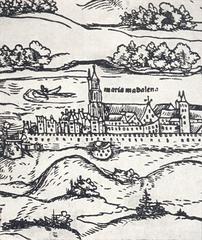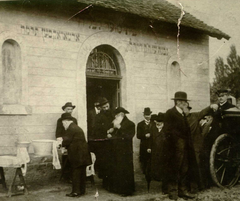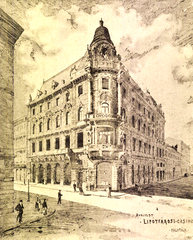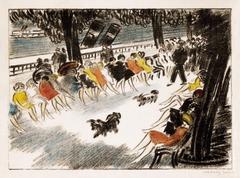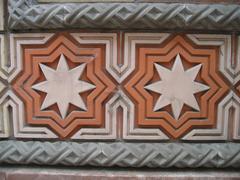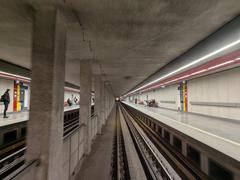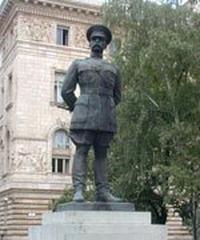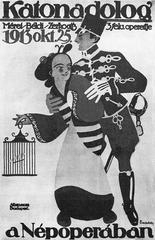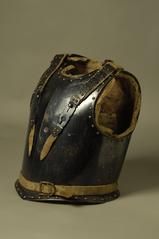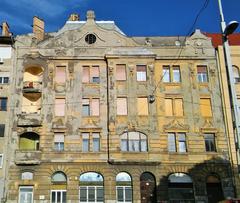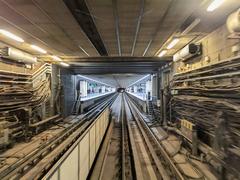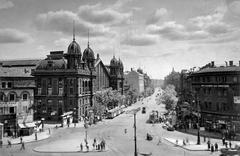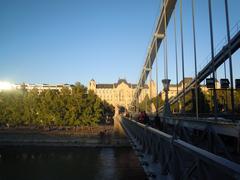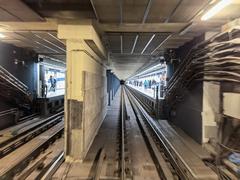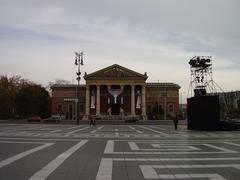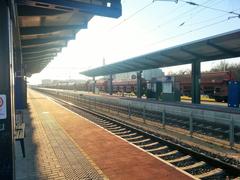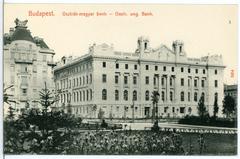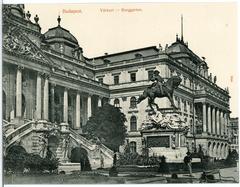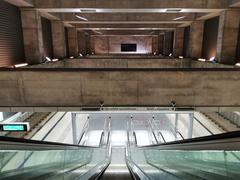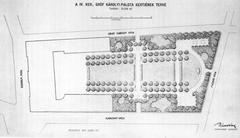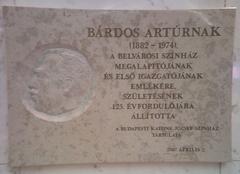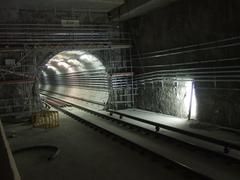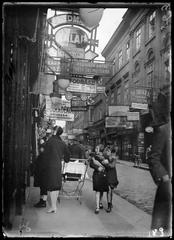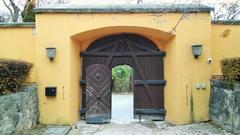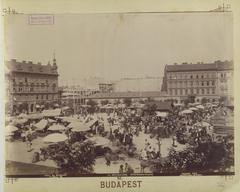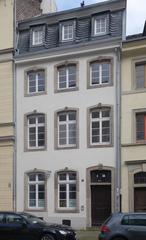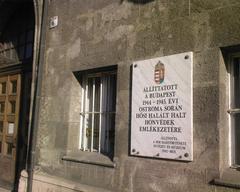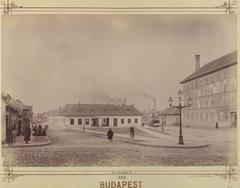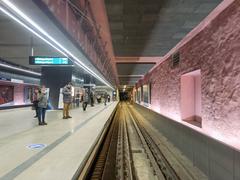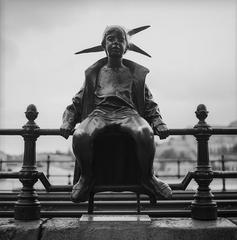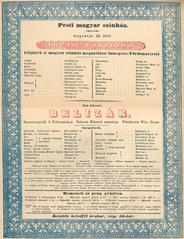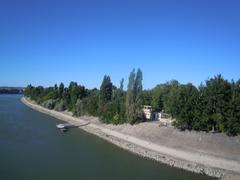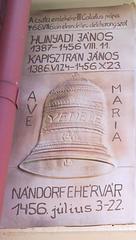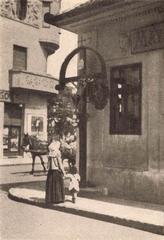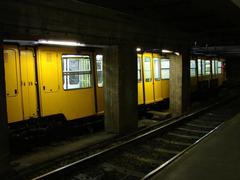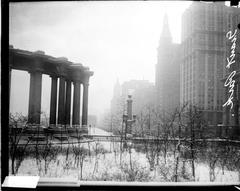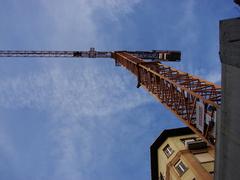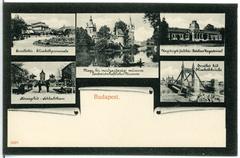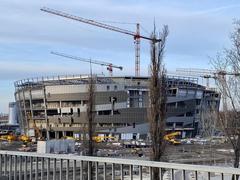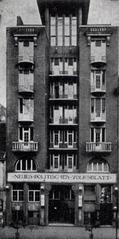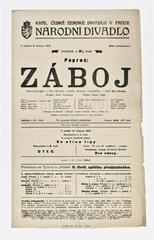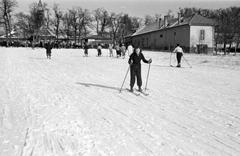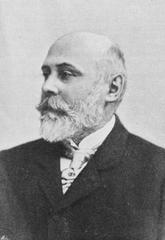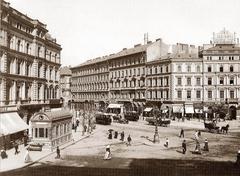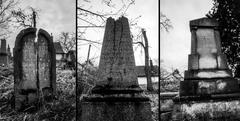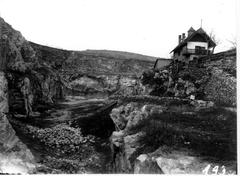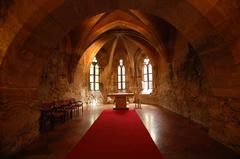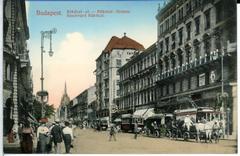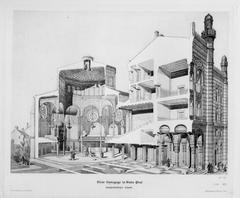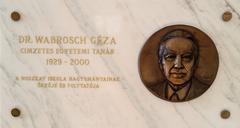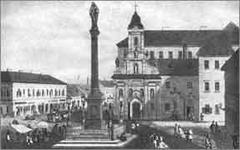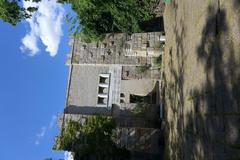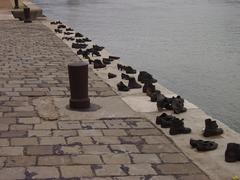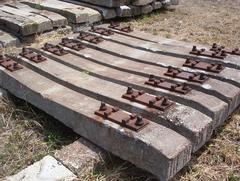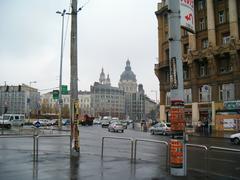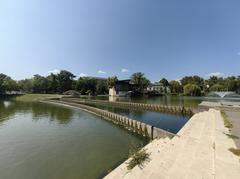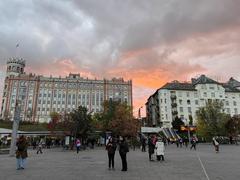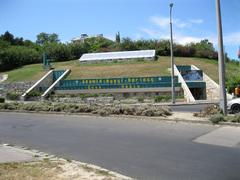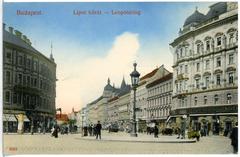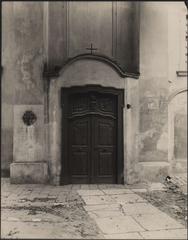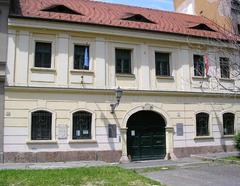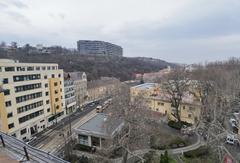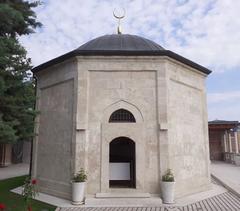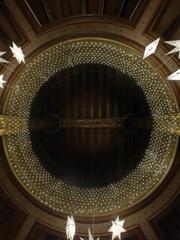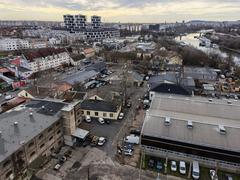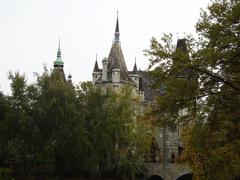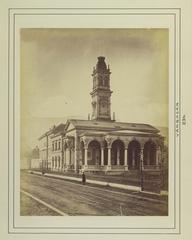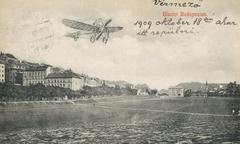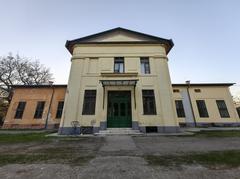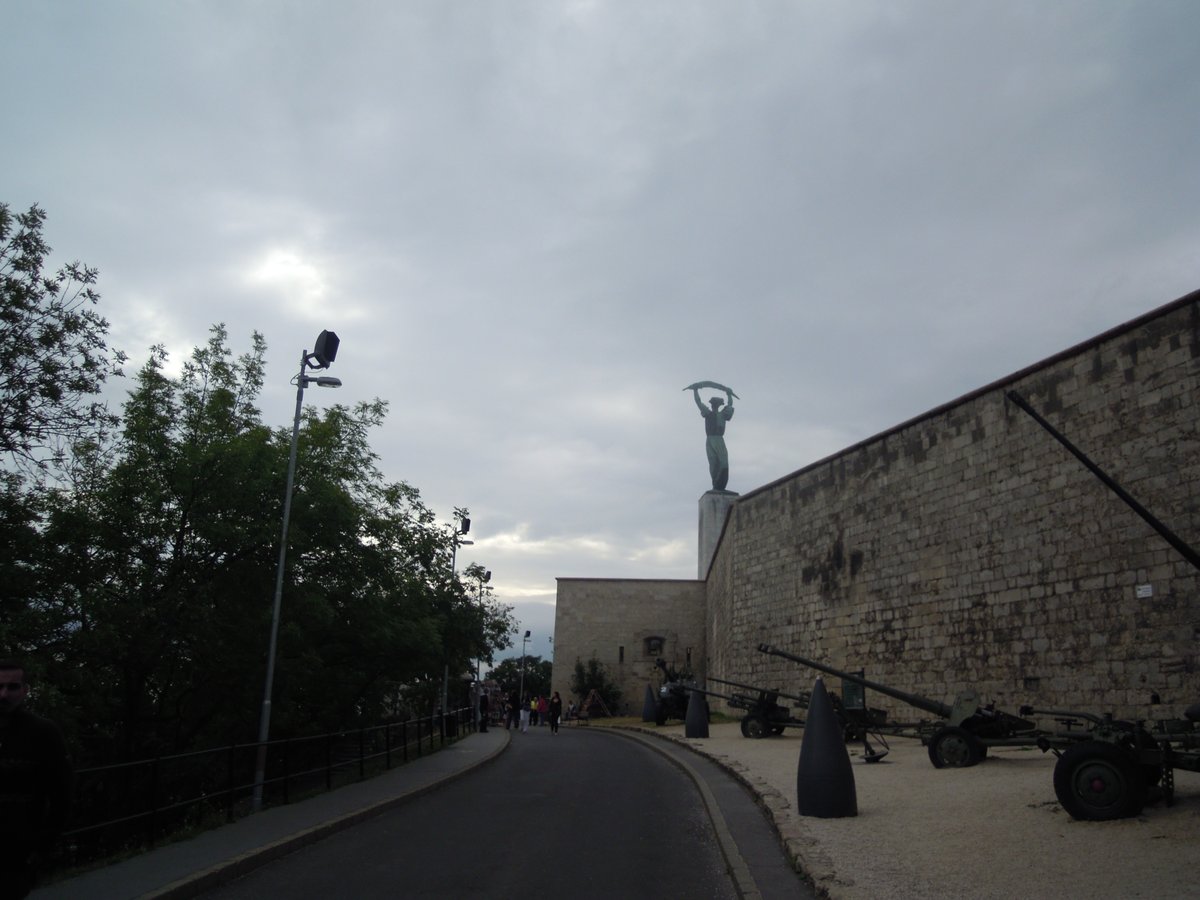
Comprehensive Guide to Visiting Citadella, Budapest, Hungary
Date: 17/07/2024
Introduction
Perched atop Gellért Hill in Budapest, Hungary, the Citadella stands as a testament to the city’s tumultuous history and enduring spirit. Constructed in 1854 by the Habsburg Monarchy, the fortress was a direct response to the Hungarian Revolution of 1848-1849, serving as a strategic military fortification to oversee the city and suppress future uprisings (Budapest History). Designed as a star-shaped fortress, the Citadella spans approximately 220 meters in length and 60 meters in width, with walls reaching up to 4 meters in height, equipped with 60 cannons to defend against potential attacks (Hungarian Tourism). Today, the Citadella is not only a historical landmark but also a cultural hub, offering panoramic views of Budapest, housing several museums and exhibitions, and hosting various cultural events (Budapest Tourism). This comprehensive guide will delve into the origins, architectural features, cultural impact, and essential visitor information of the Citadella, ensuring you have all the information needed to make the most of your visit.
Table of Contents
- Introduction
- Origins and Construction
- Architectural Features
- Role in the Austro-Hungarian Empire
- World War I and Interwar Period
- World War II and Soviet Occupation
- Post-War Period and Restoration
- Modern-Day Significance
- Key Historical Events
- Cultural Impact
- Visitor Information
- FAQ
- Conclusion
Origins and Construction
The Citadella, a fortress located atop Gellért Hill in Budapest, Hungary, was constructed in 1854 by the Habsburg Monarchy. The strategic location of the Citadella provided a commanding view over the city and the Danube River, making it an ideal site for military fortifications. The construction of the Citadella was a direct response to the Hungarian Revolution of 1848-1849, during which Hungary sought independence from the Austrian Empire. The Habsburgs, aiming to maintain control over Budapest and suppress future uprisings, built the fortress to house a garrison of soldiers and artillery (Budapest History).
Architectural Features
The Citadella was designed as a star-shaped fortress, a common design in military architecture of the time. The structure spans approximately 220 meters in length and 60 meters in width, with walls reaching up to 4 meters in height. The fortress was equipped with 60 cannons, strategically positioned to defend against potential attacks. The design also included barracks, storage facilities, and other essential military infrastructure (Hungarian Tourism).
Role in the Austro-Hungarian Empire
During the late 19th century, the Citadella played a significant role in the Austro-Hungarian Empire’s military strategy. It served as a symbol of Habsburg dominance and a deterrent against Hungarian nationalist movements. The fortress was manned by a garrison of Austrian soldiers, who were tasked with maintaining order in Budapest and the surrounding region. The Citadella’s presence was a constant reminder of the Habsburgs’ control over Hungary, and it was often viewed with resentment by the local population (History of Budapest).
World War I and Interwar Period
The Citadella’s military significance declined after World War I and the dissolution of the Austro-Hungarian Empire in 1918. During the interwar period, the fortress was largely abandoned and fell into disrepair. However, it remained a prominent landmark in Budapest, symbolizing the city’s turbulent history and the struggle for Hungarian independence (Budapest Guide).
World War II and Soviet Occupation
The Citadella regained strategic importance during World War II. In 1944, as the Soviet Red Army advanced towards Budapest, German and Hungarian forces used the fortress as a defensive position. The Citadella was heavily fortified, and fierce battles were fought in and around the fortress during the Siege of Budapest. After the war, the Citadella was occupied by Soviet forces, who used it as a military base during the early years of the Cold War (WWII History).
Post-War Period and Restoration
Following the withdrawal of Soviet troops in 1991, the Citadella was handed over to the Hungarian government. Recognizing its historical and cultural significance, the government initiated a series of restoration projects to preserve the fortress and transform it into a tourist attraction. The restoration efforts included repairing the fortress walls, restoring the interior spaces, and creating exhibition areas to showcase the Citadella’s history (Hungarian Heritage).
Modern-Day Significance
Today, the Citadella is a popular tourist destination, offering visitors panoramic views of Budapest and the Danube River. The fortress houses several museums and exhibitions that provide insights into its historical significance and the various periods of Hungarian history. The Citadella also serves as a venue for cultural events, concerts, and festivals, further enhancing its role as a cultural landmark in Budapest (Budapest Tourism).
Key Historical Events
- Hungarian Revolution of 1848-1849 - The construction of the Citadella was a direct response to this revolution, aimed at suppressing future uprisings.
- World War II - The Citadella played a crucial role during the Siege of Budapest, serving as a defensive position for German and Hungarian forces.
- Soviet Occupation - Post-World War II, the Citadella was used as a military base by Soviet forces until their withdrawal in 1991.
Cultural Impact
The Citadella has had a profound impact on the cultural and historical landscape of Budapest. It stands as a testament to the city’s resilience and the enduring spirit of the Hungarian people. The fortress has been featured in numerous films, books, and artworks, further cementing its place in popular culture (Cultural Budapest).
Visitor Information
Visiting Hours and Tickets
The Citadella is open year-round, with varying visiting hours depending on the season. During the summer months, it is generally open from 9:00 AM to 8:00 PM, while winter hours are typically from 10:00 AM to 6:00 PM. Ticket prices range from 1500 HUF to 3000 HUF, depending on the type of tour and access to specific exhibitions.
Accessibility and Travel Tips
The Citadella is accessible by foot, car, or public transportation. For those preferring to walk, several scenic trails lead up Gellért Hill, offering beautiful views along the way. Public transportation options include buses and trams that drop visitors near the base of the hill. For those driving, there are parking facilities available nearby.
Nearby Attractions
While visiting the Citadella, consider exploring nearby attractions such as the Gellért Baths, Liberty Statue, and the Cave Church. These sites offer additional insights into Budapest’s history and cultural heritage.
Guided Tours and Special Events
Guided tours are available in multiple languages, providing in-depth information about the Citadella’s history and significance. Special events, including concerts and cultural festivals, are frequently hosted at the fortress, making each visit a unique experience.
Photographic Spots
The Citadella offers numerous photographic spots, especially from its vantage points overlooking the Danube River and the city of Budapest. Be sure to bring your camera to capture the breathtaking views.
FAQ
Q: What are the Citadella’s visiting hours?
A: The Citadella is generally open from 9:00 AM to 8:00 PM during the summer and from 10:00 AM to 6:00 PM during the winter. Please check the official website for the most up-to-date information.
Q: How much do tickets to the Citadella cost?
A: Ticket prices range from 1500 HUF to 3000 HUF, depending on the type of tour and access to specific exhibitions.
Q: Is the Citadella accessible by public transportation?
A: Yes, the Citadella is accessible by buses and trams, with stops near the base of Gellért Hill.
Q: Are guided tours available?
A: Yes, guided tours are available in multiple languages and provide detailed information about the Citadella’s history and significance.
Conclusion
The Citadella, with its rich historical tapestry and cultural significance, remains one of Budapest’s most iconic landmarks. From its construction in 1854 by the Habsburg Monarchy to its role in various significant historical events, the fortress stands as a symbol of resilience and freedom for the Hungarian people (History of Budapest). Today, it offers visitors not only a glimpse into Hungary’s past but also breathtaking views of the city and the Danube River, making it a must-visit destination for anyone exploring Budapest. Whether you’re a history enthusiast, a cultural aficionado, or simply looking to enjoy panoramic vistas, the Citadella provides a unique and unforgettable experience (Hungarian Heritage). Plan your visit to the Citadella today to explore one of Budapest’s most significant historical sites and immerse yourself in its enduring legacy.
References
- Budapest History, n.d., Budapest.com https://www.budapest.com/citadella
- Hungarian Tourism, n.d., Visit Hungary https://www.visithungary.com/citadella
- History of Budapest, n.d., History of Budapest https://www.historyofbudapest.com/citadella
- Hungarian Heritage, n.d., Hungarian Heritage https://www.hungarianheritage.com/citadella
- Budapest Tourism, n.d., Budapest Tourism https://www.budapesttourism.com/citadella
